Bassoon Lessons
Bassoon
The bassoon is a woodwind instrument in the double reed family that plays music written in the bass and tenor clefs, and occasionally the treble. Appearing in its modern form in the 19th century, the bassoon figures prominently in orchestral, concert band, and chamber music literature. It is known for its distinctive tone colour, wide range, variety of character, and agility. The modern bassoon exists in two forms; Buffet (or French) and Heckel (or German) systems. One who plays a bassoon of either system is called a bassoonist.
When looking for bassoon lessons, Accent Music Studios has a highly accomplished bassoon instructor happy to help students of all ages and levels of experience. Bassoon lessons can be taken at our North Vancouver studios or online. We can also offer lessons in east Vancouver, if travelling to the north shore is problematic. Bassoon lessons will help to correct any posture, hand positioning or embouchure issues. You will learn new techniques, reading skills and experience a wealth of new and interesting music for bassoon. Also, if you would like to learn how to make reeds, our bassoon instructor can assist you. The link to our bassoon instructor’s bio is at the bottom of this page after a little information about and sound clips of bassoon performances.
The bassoon is the bass instrument of the woodwind family and by far the largest. Players read music in the tenor and bass clef and sometimes treble clef. The bassoon plays an important role in orchestras and wind bands due to its versatility and wide range.
Bassoons can be extremely expressive as solo instruments and their warm vibrato enables them to sound remarkably human, almost like a baritone singer. They are also great for creating punchy rhythmic lines and as bass instruments they help provide support for the whole orchestra.
The bassoon is traditionally made from maple wood which gives it a reddish hue. Student models are made from plastic which is far lighter, cheaper and requires less maintenance.
The sound is produced by blowing air across a double reed, in the same fashion as a party tooter or playing a blade of grass. Oboes and bassoons are both double reed instruments. Reeds can be purchased from music stores and from your bassoon teacher but for absolute consistency you should learn to make your own. Your bassoon teacher can show you how to do this.
As with the other woodwinds, the bassoon has a sibling which is much bigger and produces the most amazing bass sounds. The contrabassoon sounds an octave lower than the bassoon and is primarily used to enhance and produce colour in the bass section although solos are given in many orchestral works.
Here are a couple of examples of bassoon playing.
Sergei Prokofiev (1891-1953): Scherzo for four Bassoons, op.12-bis (1912).
Four bassoonists truly demonstrating the character of their instruments
The Sorcerer's Apprentice Contra Bassoon Solo
This clip from the Sorcerer’s Apprentice showcases both the bassoon and contrabassoon
At Accent Music Studios, we offer bassoon and bassoon reed making lessons to students from around the lower mainland, including North Vancouver, West Vancouver, Burnaby, New Westminster, Coquitlam, Vancouver and Richmond.
KATELIN COLEMAN - Bassoon
Accent Music Studios
Looking for bassoon lessons?





